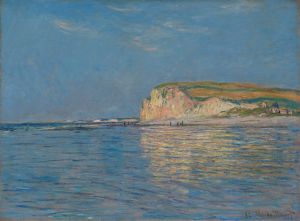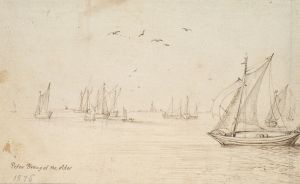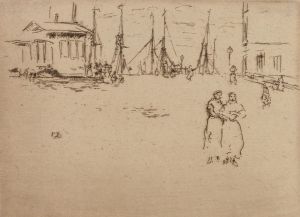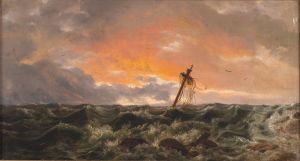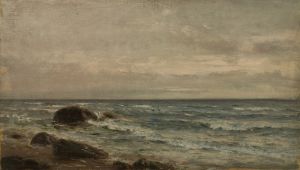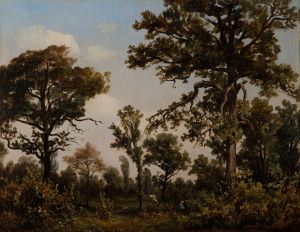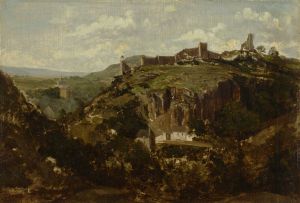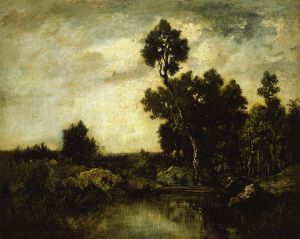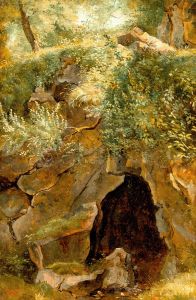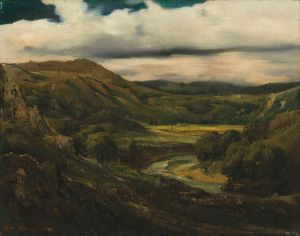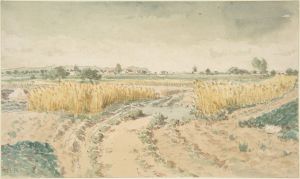
Landscape with Sunset
A hand-painted replica of Théodore Rousseau’s masterpiece Landscape with Sunset, meticulously crafted by professional artists to capture the true essence of the original. Each piece is created with museum-quality canvas and rare mineral pigments, carefully painted by experienced artists with delicate brushstrokes and rich, layered colors to perfectly recreate the texture of the original artwork. Unlike machine-printed reproductions, this hand-painted version brings the painting to life, infused with the artist’s emotions and skill in every stroke. Whether for personal collection or home decoration, it instantly elevates the artistic atmosphere of any space.
"Landscape with Sunset" is a painting by the French artist Théodore Rousseau, a prominent figure in the Barbizon School, which was a movement towards realism in art during the mid-19th century. Rousseau, born in Paris in 1812, was known for his detailed and atmospheric landscapes, often depicting scenes from the French countryside.
The painting "Landscape with Sunset" exemplifies Rousseau's skill in capturing the natural beauty and serene ambiance of rural landscapes. The work is characterized by its warm, glowing hues that depict the setting sun casting a golden light over the landscape. The composition typically includes a variety of natural elements such as trees, fields, and possibly a body of water, all rendered with meticulous attention to detail and a deep appreciation for the natural world.
Rousseau's technique in this painting, as in many of his works, involves a careful balance of light and shadow, creating a sense of depth and realism. The use of color is particularly noteworthy, with the warm tones of the sunset contrasting with the cooler shades of the landscape, enhancing the overall mood of tranquility and reflection.
The Barbizon School, to which Rousseau belonged, was named after the village of Barbizon near the Forest of Fontainebleau, where many of the artists gathered to paint en plein air (outdoors). This approach allowed them to capture the changing effects of light and atmosphere directly from nature, a practice that was relatively innovative at the time. Rousseau was one of the leaders of this movement, and his works, including "Landscape with Sunset," played a significant role in the development of naturalistic landscape painting.
Rousseau's dedication to his craft and his ability to convey the beauty of the natural world earned him considerable recognition during his lifetime. Despite facing initial resistance from the traditional art establishment, he eventually gained the respect and admiration of his peers and the public. His works were exhibited at the Salon, the official art exhibition of the Académie des Beaux-Arts in Paris, and he received several honors, including the Legion of Honor in 1852.
"Landscape with Sunset" is a testament to Rousseau's mastery of landscape painting and his contribution to the Barbizon School. The painting not only reflects his technical skill but also his deep emotional connection to the natural world, which continues to resonate with viewers today. Rousseau's legacy as a pioneer of realistic landscape painting endures, and his works remain an important part of the history of 19th-century art.





